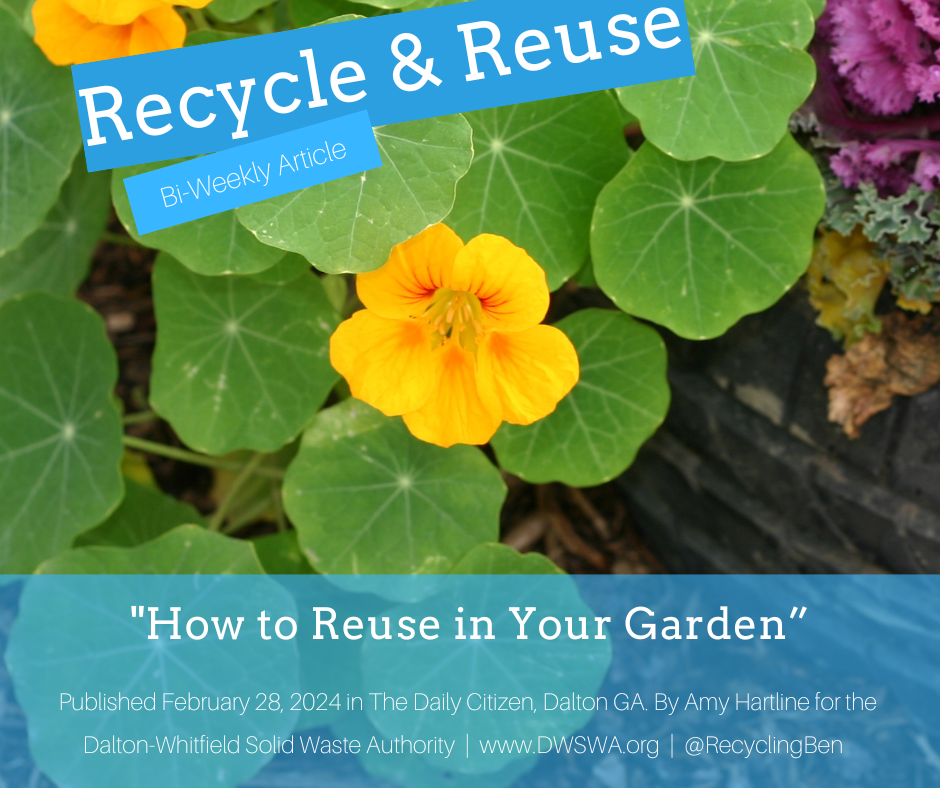Holiday Dinners Get a Little More Green
/Setting a dinner table with reusable plates and silverware goes a long way to making all your holiday dinners less wasteful and more environmentally friendly.
The holiday season is upon us! Thanksgiving is just a day away, and Christmas trees are popping up for sale at retailers all over town. While the holidays are a very happy time, they are also a time filled with a lot of waste. Leftover food, gift wrapping, and more trash than any other time of year. According to the United States Environmental Protection Agency the volume of household waste in the United States generally increases 25 percent between Thanksgiving and New Year’s Day. That adds about two billion extra pounds of waste to our garbage bins.
Make this year’s holiday, especially holiday dinners, a little more green by keeping the phrase, “reduce, reuse, recycle, refuse, and repurpose” top of mind. Start by following some of these tips for making your Thanksgiving meal extra green. If you’re extra vigilant you may even have a zero-waste meal! Then apply these same tips to Christmas dinner and your New Year’s Eve celebrations for a an extra environmentally friendly holiday season for everyone.
Reduce means making less waste. One way to make less waste is to plan meals only for the number of guests expected. Choose recipes based on the number of people being served then purchase only the ingredients you will actually need to avoid throwing away leftovers later. Encourage guests to bring their own plastic bins to take leftovers home. The reusable bins can take the place of aluminum foil, plastic wrap, and plastic sandwich bags that will likely be thrown away after only one use. If you do have leftover food look for recipes that incorporate the extra ingredients like turkey chili, or a frittata with stuffing instead of potatoes.
Reuse is another way to make your meal less wasteful since you’ll be choosing reusable products instead of disposable ones. For example, instead of single-use cutlery, plates, and cups that are going to be thrown away after the meal choose the more durable reusable versions of each. Stainless steel cutlery, ceramic plates, and glass drinking cups can be washed and reused for years. Cloth napkins, table cloths, and reusable napkin rings are also welcomed.
Disposable roasting pans for turkey, ham, and other festive meals are very convenient – after all, they are disposable. However, if everyone in the US used a disposable roasting pan to cook their Thanksgiving meal, there would be 46 million tinfoil pans being thrown out every year. Investing in a good quality ceramic or glass roasting pan that can be reused for a lifetime will have a better environmental impact on the long run.
Product boxes and containers are for the most part inevitable sources of waste after a shopping trip. Make sure to set these aside for recycling instead of adding them to the garbage bin. Recycling allows these materials to be remanufactured into new products that can be used again and keeps them out of the landfill. Remember to keep paper products clean and dry, and to rinse out all containers. It’s okay to leave the bottle caps and labels on containers.
Refuse refers to declining items you actually do not need. When you refuse an item you don’t have to manage it later and decide if it needs to be recycled or go in the garbage. For example, freebies from parties, like cheap toys, may just end up in the trash after you take them home. Another way to refuse is to say no to single-use plastic bags when you have very little to carry. If you have food being catered you could decline to accept single use drinking straws, cutlery, and cups with your order.
Repurposing means taking something useful and using it for something else. It can be as simple as using an old cardboard box for storage, or saving plastic bread bags to carry your lunch. You may be able to use leftover pumpkins from Halloween to decorate your home for Thanksgiving. If you’re creative and crafty you can create upcycled decorations for your Thanksgiving table from used items in your home’s recycling bin or even natural items from your backyard.
A quick look in your recycling bin, and the backyard, will yield supplies to make some eco-friendly Thanksgiving décor. A pinecone can be decorated to look like a turkey, and fall leaves glued onto a container make a lovely utensil holder. Color pumpkin seeds with food coloring and sprinkle them across the table, so they’ll look like tiny fall leaves. Small gourds or a small pumpkin added to the middle will make for a beautiful, natural, and eco-friendly focal point at the dinner table.
































